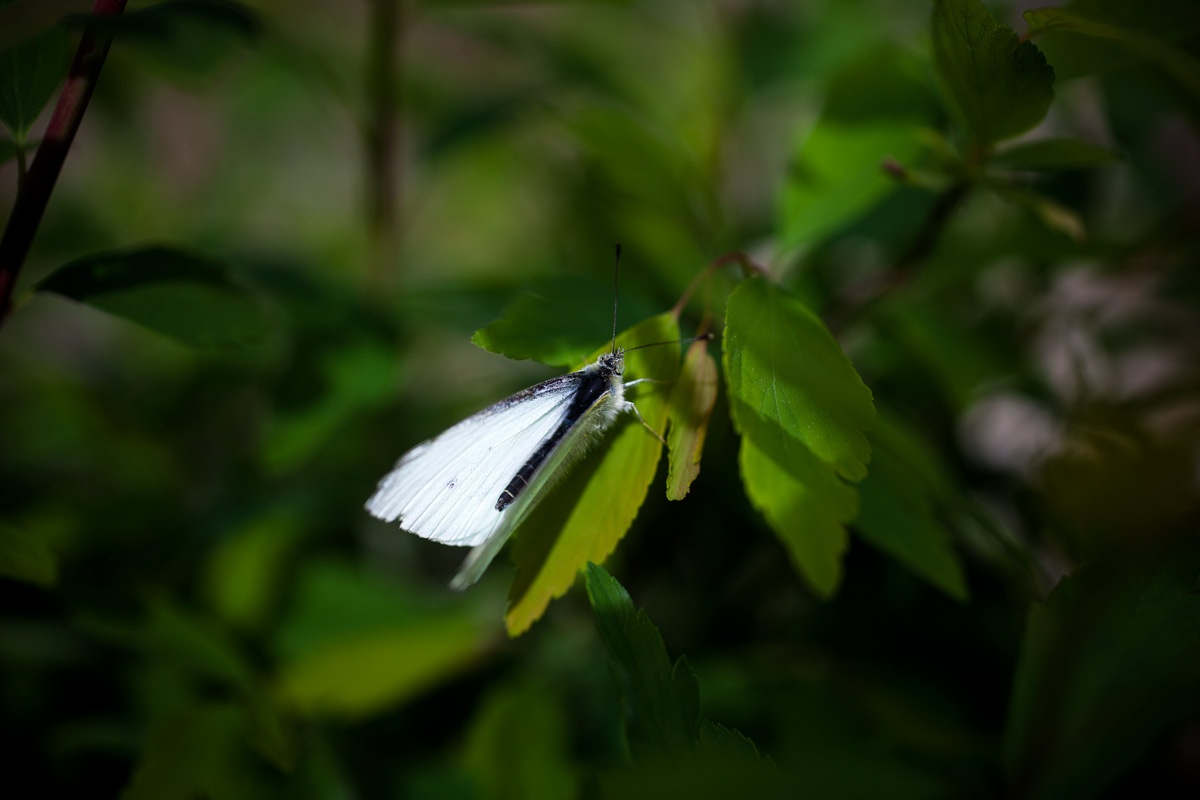Now that the Butterfly Garden of Portuguese Natural History Museum is open once again, after having been closed for the winter, we give you the best ideas to enjoy in full a visit to the species that live in Portugal.
What to see:
In this garden with 200 square meters you don’t have to search too much to find the butterflies. On average there are 200 butterflies flying in a sunny day.
To those who are more impatient, there are butterflies flying before your eyes, while others are on the leaves of the trees, bushes and flowers, or hanging from the top of the greenhouse.
And if you like some detective work, you can look for them hiding in the bushes and flowers, so well camouflaged that it will be hard to spot them.
This garden was built to accommodate 20 to 30 butterflies species; Portugal has 135 species of butterflies and 2500 moths. Look for the monarch butterflies (Danaus plexippus), the old world swallowtail (Papilio machaon), the red admiral (Vanessa atalanta), the spanish festoon (Zerynthia rumina), the speckled wood (Pararge aegeria), the large white (Pieris brassicae), the giant peacock moth (Saturnia pyri) and the small emperor moth (Saturnia pavonia).
You can also learn which plants each species needs to survive, whether full adults or caterpillars.
And there’s still the little beautiful pond in the middle of the garden or the benches where you can enjoy the sun. And maybe a monarch or a red admiral will land on your shoulder, since they are more “social” than the speckled wood.
Find out what’s happening:
Besides adult butterflies you can see the eggs, caterpillars, chrysalis and moth’s cocoons.
This is a garden for the common European species, not for the tropical ones. Here the butterflies can reproduce themselves and you can observe their entire circle of life. In this garden, butterflies mate, lay eggs, hatch, turn themselves into caterpillars, then to chrysalis and, at last, they have wings and fly.
To help you not to miss a thing, the garden team has scattered little information boards around the greenhouse.
The best time for a visit:
Visit the garden on a sunny day and avoid the rainy and cloudy days. Without the sun, butterflies aren’t flying because they need energy to do so.
If you want, you can help the garden:
You can make a difference by offering plants such as cabbages, fennel and nettle. The garden doesn’t have a nursery for all the plants that butterflies need for the whole year.
Besides, if you happen to see caterpillars eating your plants away, don’t kill them; bring them to the garden inside a little box.
Get inspired to do your own butterfly garden:
Choose plants that butterflies need for your garden, even if you only have a balcony. The garden team knows of someone who had butterfly eggs on his tenth floor apartment balcony, in the center of Lisbon.
[divider type=”thin”]
Open daily 10h00-17h00
Closed on Mondays and public holidays
More informations at National Natural History and Science Museum








